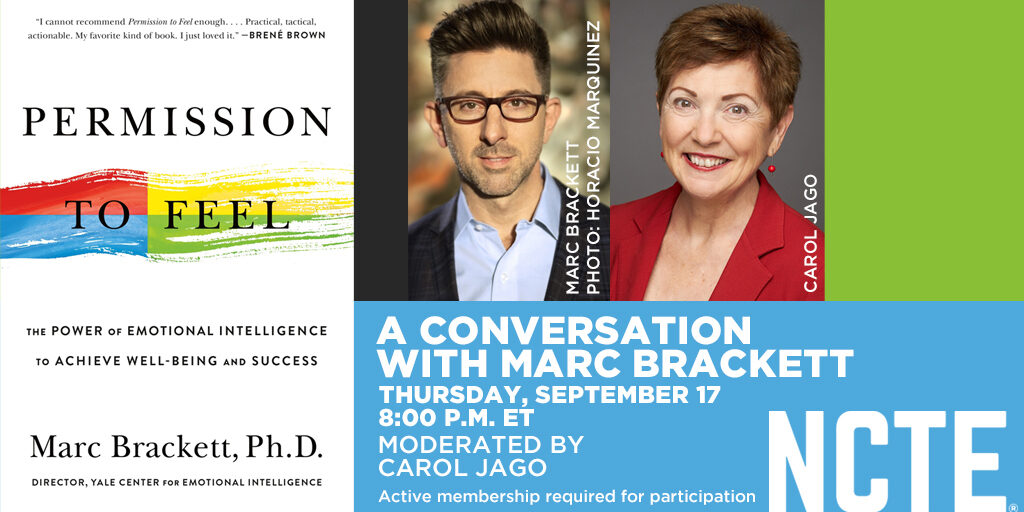This post was written by NCTE member Carol Jago. Carol Jago will interview Marc Brackett in an NCTE event on September 17—learn more here.
The educational landscape has been reshaped by the coronavirus. Familiar paths are strewn with obstacles; the way forward is clouded by uncertainties. Although some worry about students’ learning loss, I fear that we may find ourselves bogged down in the Slough of Despond and become lost.
Yet the work hasn’t changed.
Deep down, we know that learning is an emotional experience. Acknowledging those feelings, both our own and our students’, will be critical to surviving this unfamiliar territory called the 2020–21 school year.
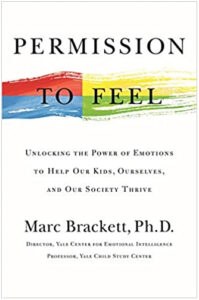 In his book Permission to Feel, Marc Brackett explains how the vocabulary of emotions can be, and needs to be, taught. He believes that without the language to express what we are feeling at moments, the feelings remain inchoate. Labeling emotions without recourse to figures of speech like “I’m feeling blue” or “down in the dumps” legitimizes our response to adversity.
In his book Permission to Feel, Marc Brackett explains how the vocabulary of emotions can be, and needs to be, taught. He believes that without the language to express what we are feeling at moments, the feelings remain inchoate. Labeling emotions without recourse to figures of speech like “I’m feeling blue” or “down in the dumps” legitimizes our response to adversity.
He goes on to say, “The more words we can use to describe what we feel, the better able we’ll be to understand ourselves and to make ourselves understood by others. And if our counterparts, too, have robust emotional vocabularies, it will be much easier for us to understand them—not just to empathize but also to help them, when needed, to regulate and modulate the feelings they experience” (112).
Generating sympathy isn’t enough. We need to nurture empathy. Fortunately, English teachers have at their fingertips a powerful tool for teaching empathy— literature.
Books situate social emotional issues within real world settings, both past and present. They invite classroom conversations about controversial issues and allow room for children to ask themselves, “I wonder what I would have done? I wonder what I might have felt?”
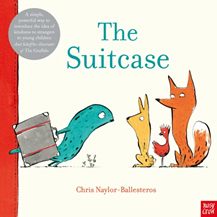 A new picture book by Chris Naytlor-Ballesteros called The Suitcase serves as a perfect example of how a simple text can stimulate complex conversations. Appropriate for readers of every age, it tells the story of a strange creature who comes to town carrying only a suitcase. When asked by the native creatures what it holds, the newcomer responds with a hard-to-believe description of a teacup, a table, a cabin, and a hillside. While the exhausted stranger sleeps, they break into the suitcase. As a metaphor for how outsiders are too often treated upon arrival, the story explores the creatures’ regrets at their actions as well as their attempt to make up for their assumptions. It invites discussion about emigration.
A new picture book by Chris Naytlor-Ballesteros called The Suitcase serves as a perfect example of how a simple text can stimulate complex conversations. Appropriate for readers of every age, it tells the story of a strange creature who comes to town carrying only a suitcase. When asked by the native creatures what it holds, the newcomer responds with a hard-to-believe description of a teacup, a table, a cabin, and a hillside. While the exhausted stranger sleeps, they break into the suitcase. As a metaphor for how outsiders are too often treated upon arrival, the story explores the creatures’ regrets at their actions as well as their attempt to make up for their assumptions. It invites discussion about emigration.
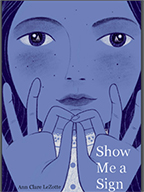 Another book of historical fiction that invites young readers to walk in another person’s shoes is Show Me a Sign by Ann Clare LeZotte. Set in a deaf community on Martha’s Vineyard in 1805, the novel is narrated by 11-year-old Mary Lambert, deaf from birth and living in a community where everyone can sign. Mary’s story also offers a fascinating window into post-Revolutionary War years. The island community’s prejudice against the Wampanoag native population echoes the mainlanders’ view of the deaf as lesser beings.
Another book of historical fiction that invites young readers to walk in another person’s shoes is Show Me a Sign by Ann Clare LeZotte. Set in a deaf community on Martha’s Vineyard in 1805, the novel is narrated by 11-year-old Mary Lambert, deaf from birth and living in a community where everyone can sign. Mary’s story also offers a fascinating window into post-Revolutionary War years. The island community’s prejudice against the Wampanoag native population echoes the mainlanders’ view of the deaf as lesser beings.
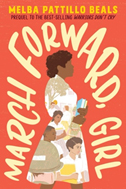 For middle and high school readers, an outstanding book for increasing the national empathy quotient is Melba Pattillo Beals’s childhood memoir, March Forward, Girl. Years before she signed on to be one of the Little Rock Nine integrating Central High School, Melba was a little girl growing up in the Jim Crow South, watching the adults she valued most in the world being disrespected at every turn.
For middle and high school readers, an outstanding book for increasing the national empathy quotient is Melba Pattillo Beals’s childhood memoir, March Forward, Girl. Years before she signed on to be one of the Little Rock Nine integrating Central High School, Melba was a little girl growing up in the Jim Crow South, watching the adults she valued most in the world being disrespected at every turn.
The book is much more than a catalogue of racial mistreatment, however. It is a testimonial to the institutions: family, church, and community that not only sustained Beals as a child but also inspired her to champion of human rights.
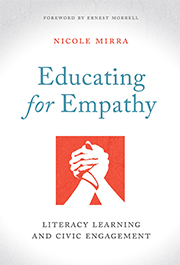 In Educating for Empathy, award-winning educational researcher Nicole Mirra proposes a model for developing students’ social emotional skills that lead to action, the kind of action—like Melba Pattillo Beals’s—that has the potential to make our society more just. Reading literature helps all of us begin to imagine the nature of that world and provides succor as we make our own pilgrim’s progress through the Slough of Despond.
In Educating for Empathy, award-winning educational researcher Nicole Mirra proposes a model for developing students’ social emotional skills that lead to action, the kind of action—like Melba Pattillo Beals’s—that has the potential to make our society more just. Reading literature helps all of us begin to imagine the nature of that world and provides succor as we make our own pilgrim’s progress through the Slough of Despond.
Works Cited
Beals, Melba Pattillo. March Forward, Girl: From Yong Warrior to Little Rock Nine. HMH Books for Young Readers. 2019.
Brackett, Marc. Permission to Feel. Celadon Books. 2019.
LeZotte, Ann Clare. Show Me a Sign. Scholastic Press. 2020.
Mirra, Nicole. Educating for Empathy: Literacy Learning and Civic Engagement. Teachers College Press. 2018.
Naylor-Bakkesteros, Chris. The Suitcase. HMH Books for Young Readers. 2020.

Carol Jago has taught middle and high school for 32 years and is associate director of the California Reading and Literature Project at UCLA. She is past president of the National Council of Teachers of English and author of The Book in Question: Why and How Reading Is in Crises (Heinemann 2019).
Interested in Joining a Conversation with Marc Brackett and Carol Jago on September 17?
NCTE will join in conversation with Marc Brackett, Yale professor and author of Permission to Feel on Thursday, September 17 to explore the ways in which we can understand our emotions and work through them to live healthier lives. Dr. Brackett will be interviewed by NCTE member and former President Carol Jago. Visit this page to register.
It is the policy of NCTE in all publications, including the Literacy & NCTE blog, to provide a forum for the open discussion of ideas concerning the content and the teaching of English and the language arts. Publicity accorded to any particular point of view does not imply endorsement by the Executive Committee, the Board of Directors, the staff, or the membership at large, except in announcements of policy, where such endorsement is clearly specified.

